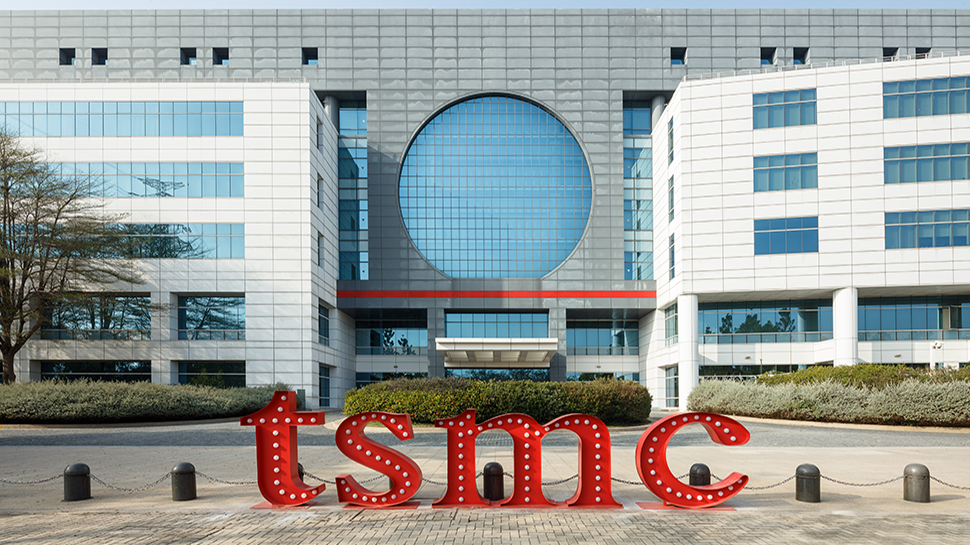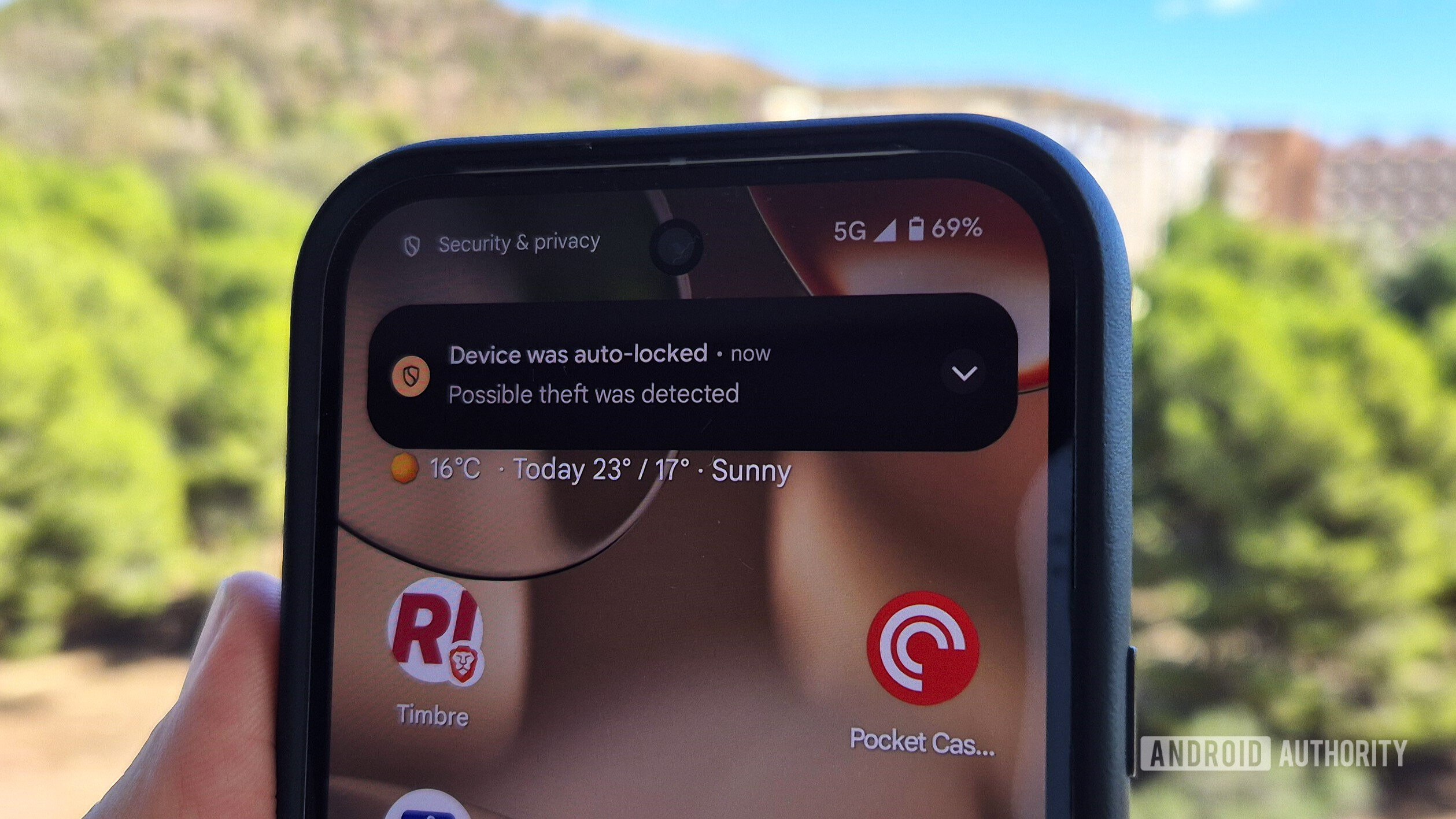Aligning Cybersecurity with ESG – CISO’s Strategic Guide
In an era where sustainability and ethical governance dominate corporate agendas, cybersecurity has emerged as a cornerstone of Environmental, Social, and Governance (ESG) strategies. For Chief Information Security Officers (CISOs), this shift represents both a challenge and an opportunity to redefine their role as strategic enablers of business resilience. Cybersecurity is no longer confined to […] The post Aligning Cybersecurity with ESG – CISO’s Strategic Guide appeared first on Cyber Security News.

In an era where sustainability and ethical governance dominate corporate agendas, cybersecurity has emerged as a cornerstone of Environmental, Social, and Governance (ESG) strategies.
For Chief Information Security Officers (CISOs), this shift represents both a challenge and an opportunity to redefine their role as strategic enablers of business resilience.
Cybersecurity is no longer confined to protecting data- it now directly impacts stakeholder trust, regulatory compliance, and operational sustainability.
By aligning cyber initiatives with ESG goals, CISOs can safeguard critical infrastructure, mitigate systemic risks, and position their organizations as leaders in responsible digital transformation.
This article outlines actionable strategies for integrating cybersecurity into ESG frameworks, ensuring that CISOs drive value across all sustainability pillars.
The modern CISO’s mandate extends far beyond firewalls and incident response. As ESG priorities reshape corporate governance, cybersecurity leaders must bridge technical expertise with strategic oversight.
This involves translating cyber risks into ESG-related outcomes, such as protecting renewable energy systems from disruptions (Environmental), ensuring ethical data practices (Social), and fostering transparent risk governance (Governance).
CISOs are now pivotal in demonstrating how robust cyber defenses contribute to long-term business sustainability, investor confidence, and regulatory alignment.
By embedding cybersecurity into ESG reporting and board-level discussions, CISOs elevate their function from operational necessity to strategic imperative.
Five Strategic Priorities for Cyber-ESG Alignment
- Conduct ESG-Aligned Cyber Risk Assessments
Traditional risk frameworks often overlook ESG-specific vulnerabilities. CISOs should map cyber risks to ESG objectives, such as assessing threats to smart grids in renewable energy projects or vulnerabilities in supply chain labor-tracking systems. For example, a breach in industrial IoT devices could derail carbon-reduction goals, while ransomware targeting healthcare providers undermines social responsibility commitments. - Embed Cybersecurity into Governance Structures
Integrate cyber metrics into ESG disclosures using standards like SASB and GRI. Collaborate with legal and compliance teams to align policies with regulations such as the EU’s Corporate Sustainability Reporting Directive (CSRD). Establish board-level cyber-ESG committees to prioritize investments in secure cloud migration, reducing energy consumption, and breach risks. - Secure Sustainable Supply Chains
Third-party vendors account for 60% of data breaches. Suppliers must adhere to cyber-ESG criteria, such as energy-efficient data centers or ethical AI use. Implement continuous monitoring for critical partners, ensuring their practices align with your organization’s sustainability pledges and data privacy standards. - Enhance Transparency in Cyber Disclosures
Stakeholders demand clarity on how cyber resilience supports ESG outcomes. Publish annual reports detailing incidents prevented, carbon savings from green cybersecurity practices, and progress toward diversity goals in security teams. Use frameworks like NIST CSF to quantify threat detection and response times improvements. - Adopt Green Cybersecurity Practices
Reduce the environmental footprint of security operations by optimizing data storage, retiring redundant systems, and deploying AI-driven threat detection tools that lower energy use. For instance, transitioning to energy-efficient SSDs and modular hardware can cut e-waste while maintaining robust defenses.
Future-Proofing Cyber-ESG Strategies
As ESG regulations evolve, CISOs must anticipate emerging demands, such as mandatory cyber-resilience metrics in sustainability reports. They should also actively engage with industry coalitions to shape standards that balance security and transparency.
- Leverage AI for Predictive Risk Management: Deploy machine learning models to forecast ESG-related threats, such as attacks on climate monitoring systems or biases in automated hiring tools. Pair this with ethical AI audits to ensure compliance with social governance principles.
- Build Cyber-Resilience into ESG KPIs: Track metrics like “time-to-recover from incidents impacting ESG goals” or “percentage of renewable energy providers with certified security protocols.” These indicators demonstrate tangible progress to investors and regulators.
By 2026, ESG ratings will likely incorporate cyber-maturity scores, making early adoption of these practices a competitive differentiator. CISOs who champion this integration will mitigate risks and unlock opportunities for innovation, funding, and stakeholder trust.
In conclusion, aligning cybersecurity with ESG is no longer optional; it is a strategic necessity. CISOs who redefine their role as stewards of sustainability will drive organizational resilience, ethical accountability, and long-term value in an increasingly interconnected world.
Find this News Interesting! Follow us on Google News, LinkedIn, & X to Get Instant Updates!
The post Aligning Cybersecurity with ESG – CISO’s Strategic Guide appeared first on Cyber Security News.






























![[Free Webinar] Guide to Securing Your Entire Identity Lifecycle Against AI-Powered Threats](https://blogger.googleusercontent.com/img/b/R29vZ2xl/AVvXsEjqbZf4bsDp6ei3fmQ8swm7GB5XoRrhZSFE7ZNhRLFO49KlmdgpIDCZWMSv7rydpEShIrNb9crnH5p6mFZbURzO5HC9I4RlzJazBBw5aHOTmI38sqiZIWPldRqut4bTgegipjOk5VgktVOwCKF_ncLeBX-pMTO_GMVMfbzZbf8eAj21V04y_NiOaSApGkM/s1600/webinar-play.jpg?#)





































































































































![[The AI Show Episode 145]: OpenAI Releases o3 and o4-mini, AI Is Causing “Quiet Layoffs,” Executive Order on Youth AI Education & GPT-4o’s Controversial Update](https://www.marketingaiinstitute.com/hubfs/ep%20145%20cover.png)











































































































































































































































































_Jochen_Tack_Alamy.png?width=1280&auto=webp&quality=80&disable=upscale#)


















































































































![New Hands-On iPhone 17 Dummy Video Shows Off Ultra-Thin Air Model, Updated Pro Designs [Video]](https://www.iclarified.com/images/news/97171/97171/97171-640.jpg)
![Apple Shares Trailer for First Immersive Feature Film 'Bono: Stories of Surrender' [Video]](https://www.iclarified.com/images/news/97168/97168/97168-640.jpg)
![Apple Restructures Global Affairs and Apple Music Teams [Report]](https://www.iclarified.com/images/news/97162/97162/97162-640.jpg)
![New iPhone Factory Goes Live in India, Another Just Days Away [Report]](https://www.iclarified.com/images/news/97165/97165/97165-640.jpg)




































































































